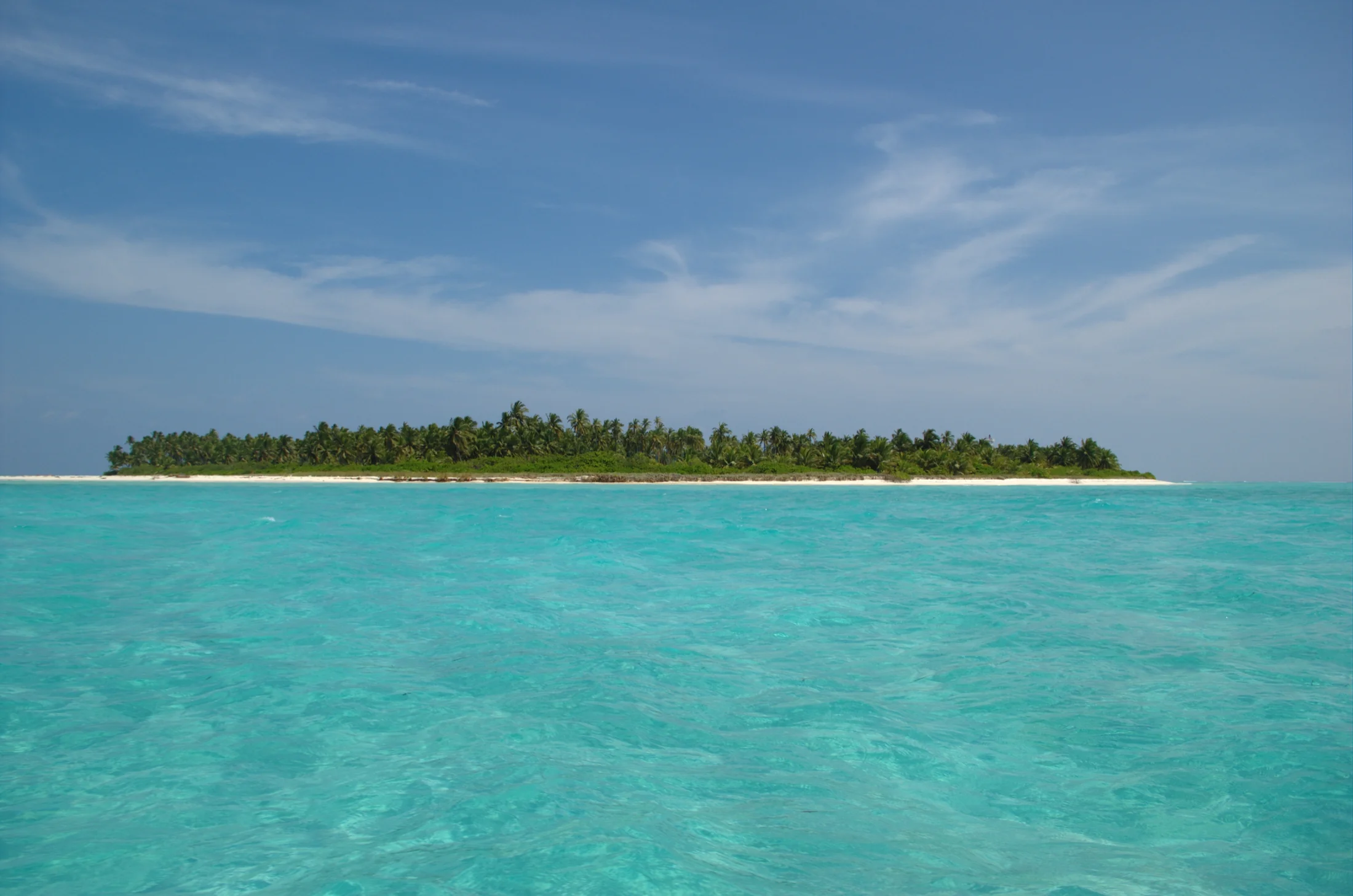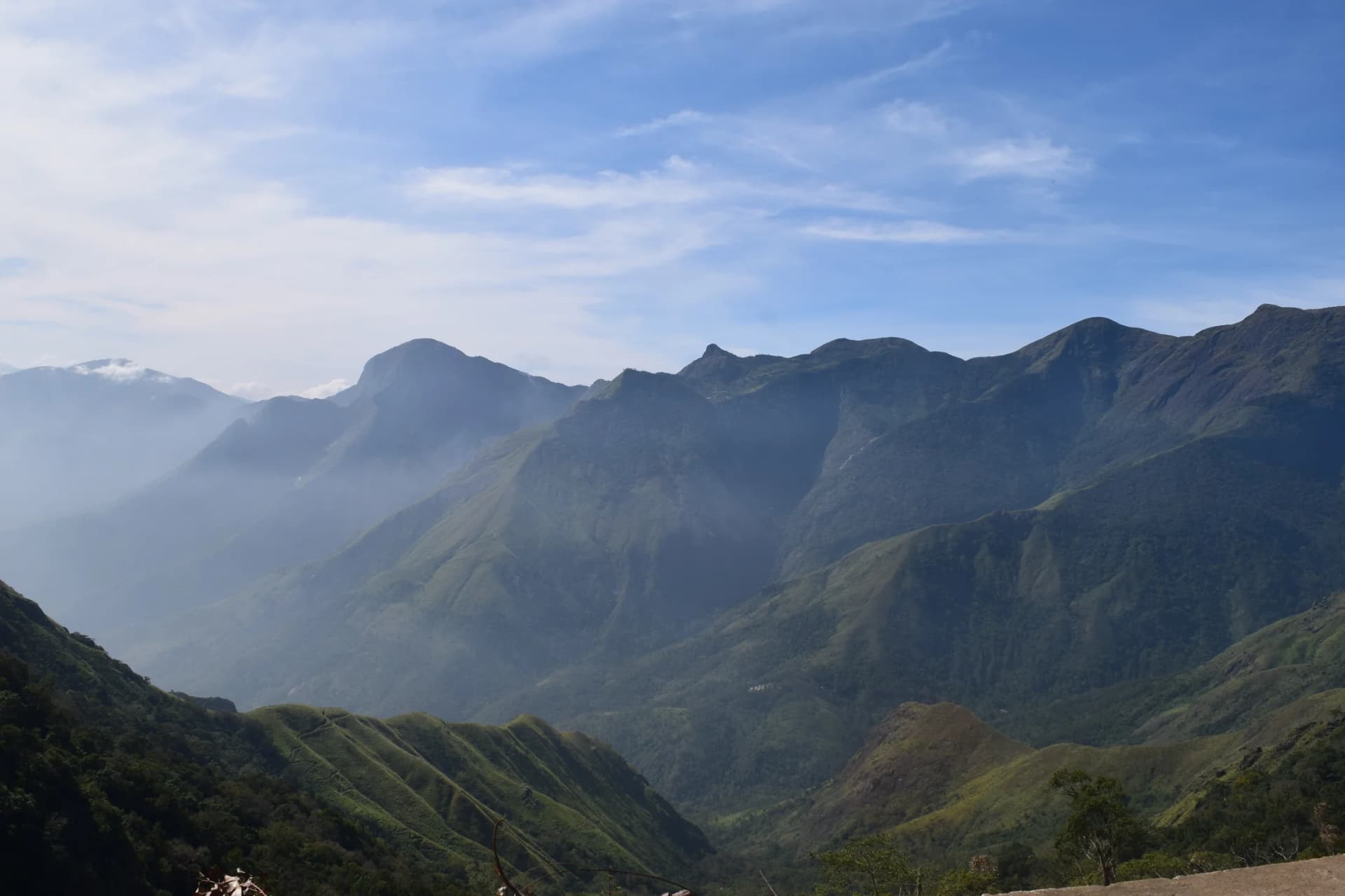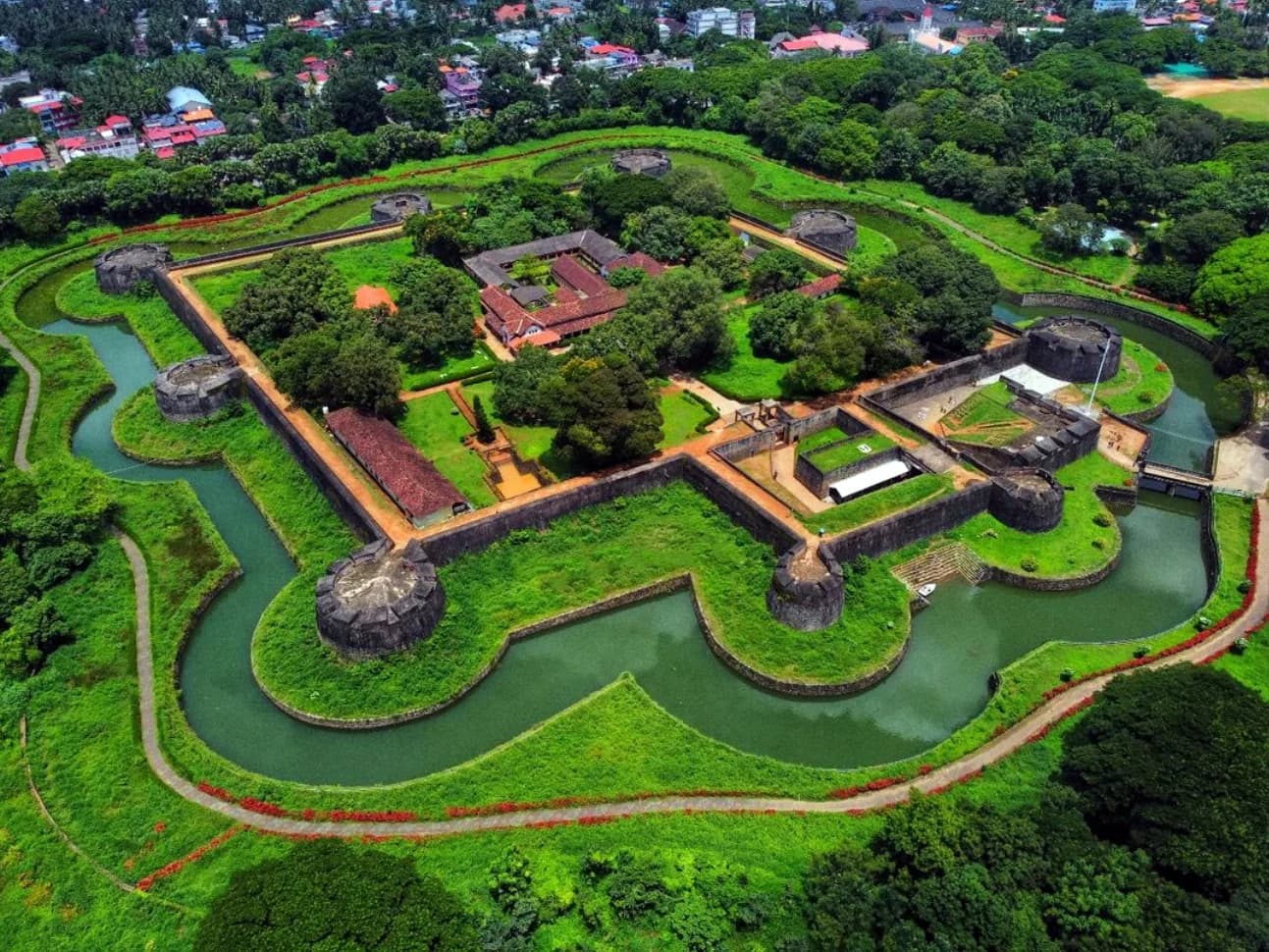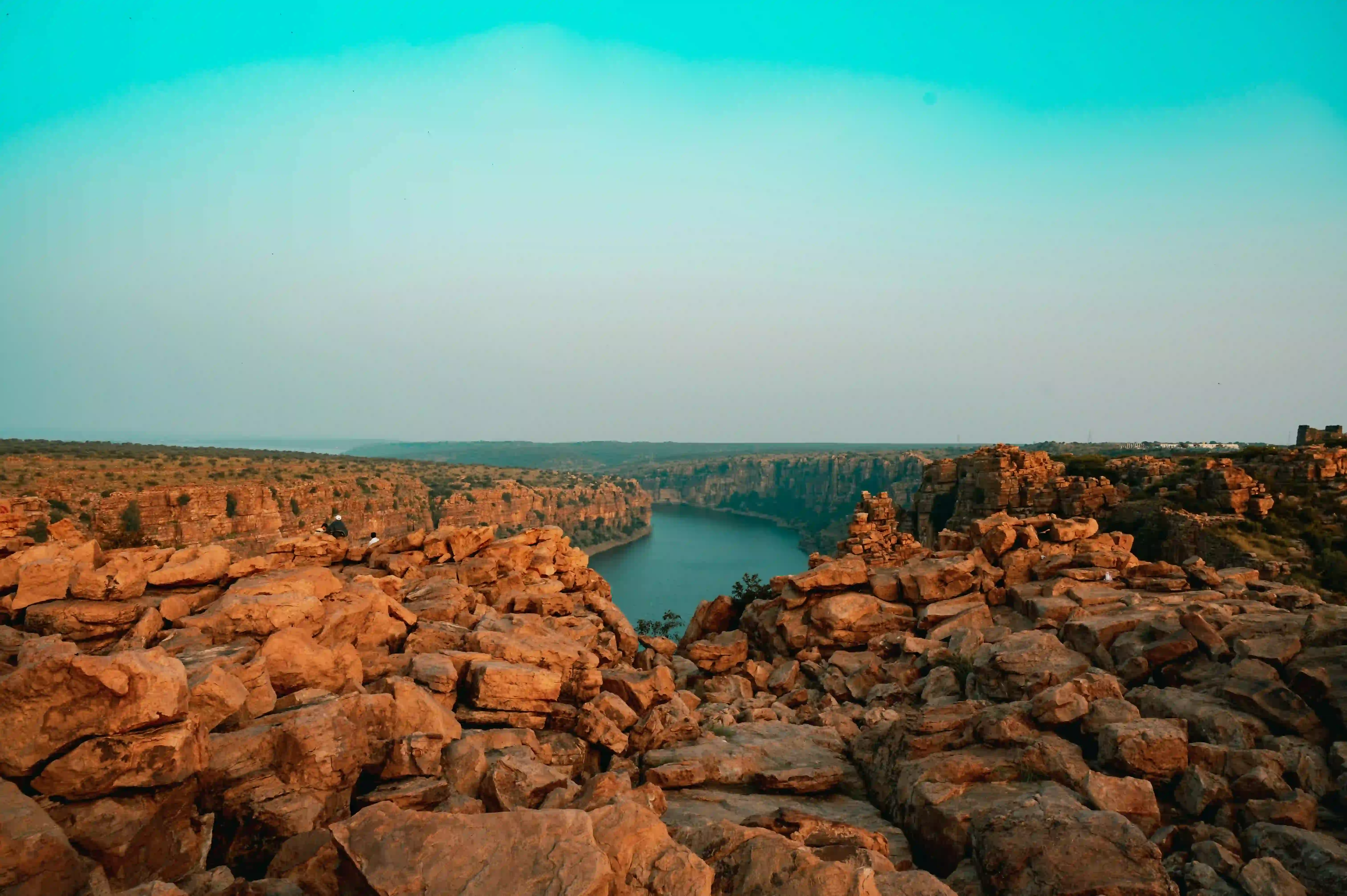The Andaman Islands represent a breathtaking archipelago where natural beauty intersects with profound historical narratives. Red Skin Island emerges as a jewel within the Marine National Park, offering visitors an unparalleled glimpse into the untouched marine ecosystems of the region. Its pristine white sandy beaches and vibrant coral reefs create a sanctuary for diverse aquatic life, making it a premier destination for nature enthusiasts and marine researchers alike.
The geological formation of this island reflects the complex maritime landscape of the Andaman archipelago, characterized by volcanic origins and rich biodiversity. Surrounded by crystal-clear waters, the island provides critical habitat for numerous marine species, including rare coral formations and intricate underwater ecosystems. Snorkelers and divers can explore these underwater landscapes, witnessing the delicate balance of marine life that thrives in this protected environment.
Marine conservation represents a critical aspect of Red Skin Island's significance. The strict regulations limiting visitor access to six months annually demonstrate a progressive approach to ecological preservation. This careful management ensures minimal human interference, allowing the island's fragile ecosystems time to regenerate and maintain their pristine condition. The restricted access also provides researchers and environmental scientists opportunities to study undisturbed marine habitats.
The broader context of the Andaman Islands reveals a complex tapestry of natural wonder and historical transformation. From indigenous Andamanese populations to colonial interventions and wartime occupations, these islands have witnessed significant socio-political changes. Red Skin Island stands as a testament to nature's resilience, remaining largely untouched by the tumultuous human narratives that have shaped the surrounding regions.
Geographically positioned within a marine protected area, the island offers more than just aesthetic beauty. Its ecological significance extends to providing critical breeding grounds for marine species and maintaining the delicate balance of coastal ecosystems. The surrounding waters host diverse marine life, including various coral species, tropical fish, and occasional marine mammal migrations.
Visitors to Red Skin Island experience a carefully curated natural environment that prioritizes ecological integrity over mass tourism. The permits required for entry underscore the commitment to responsible tourism and environmental conservation. Boat trips to the island offer controlled access, ensuring that the natural beauty remains unspoiled while providing educational opportunities for those interested in marine ecosystems.
The island's relationship with the broader Andaman archipelago reflects a microcosm of marine conservation efforts in the region. Its preservation speaks to larger environmental initiatives aimed at protecting biodiversity and maintaining ecological balance. The careful management of Red Skin Island serves as a model for sustainable tourism and environmental stewardship in sensitive marine environments.
As a destination, Red Skin Island represents more than a simple tourist location—it is a living ecosystem, a research site, and a testament to the incredible marine biodiversity of the Andaman Islands. Its restricted access and carefully managed visitor experience ensure that future generations can continue to appreciate and study this remarkable natural wonder.





